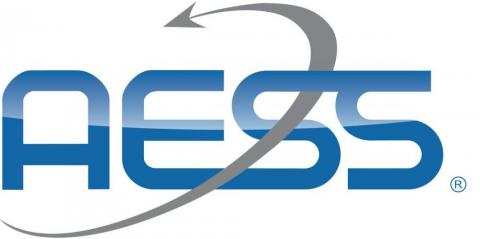All oral presentations consist of 20 minutes for presentation of the paper, including such content as the problem, the background, the innovative approach, the new results and any comparative evaluation that the author wishes to present. An additional 5 minutes are available for Q&A/discussion with the attendees.
To perform the presentation, the following equipment will be available in the conference room:
- Presentation Laptop (with Windows 10 operating system) and LCD projector
- PowerPoint 2016
- Slides in Acrobat Portable Document Format (pdf) are also acceptable but not preferred
The presenter should prepare a reasonable number of PowerPoint slides, so as not to exceed the allotted time. Typically, 1 slide is presented in 1 minute. Additional slides could be prepared as backup slides to support possible answers to attendees' questions.
Put your material in a context that the audience can relate to. It's a good idea to aim your presentation to an audience of colleagues who are not familiar with your research area. Your objective is to communicate an appreciation of the importance of your work, not just to lay the results out.
Keep it Simple. Slides should not be overcrowded by text and graphics. Too much text should be avoided. Slides should support the presentation, they should not be simply read by the presenter. Less is more.
Graphics help in communications, are more understandable, and point out the basic ideas. However, embedded videos have been known to not play properly so please keep this in mind.
Use large fonts so as they are readable without efforts: typically 20 point fonts should be used.
Presentation should be clearly structured, and should contain the essential elements of the accepted formal paper.
Always preview your presentation. You will look foolish if symbols and Greek letters that looked OK in a WORD document didn't translate into anything readable in POWERPOINT.
Please remember that this is a technical presentation and not a marketing pitch
Don't deliver a 30-minute talk in 15 minutes. Nothing irritates an audience more than a rushed presentation. Your objective is to engage the audience and have them understand your message. Don't flood them with more than they can absorb. Think in terms of what it would take if you were giving (or, better, listening to) the last paper in the last contributed paper session of the last day. This means:
- Present only as much material as can reasonably fit into the time period allotted.
- Talk at a pace that everybody in the audience can understand. Speak slowly, clearly, and loudly, especially if your English is heavily accented
- PRACTICE, PRACTICE, PRACTICE. Ask a colleague to judge your presentation, delivery, clarity of language, and use of time.
- Balance the amount of material you present with a reasonable pace of presentation. If you feel rushed when you practice, then you have too much material. Budget your time to take a minute or two less than your maximum allotment. Again, less is more.
Presentations should be brought on a memory stick by the author to the conference, if you are able to use memory sticks.
All accepted papers are expected to be presented. If the primary author or co-author(s) are not able to attend due to extenuating circumstances, a substitute presenter should be found.
ANY PAPER NOT PRESENTED AT THE CONFERENCE WILL NOT BE INCLUDED IN THE OFFICIAL PROCEEDINGS POSTED TO IEEE XPLORE.


